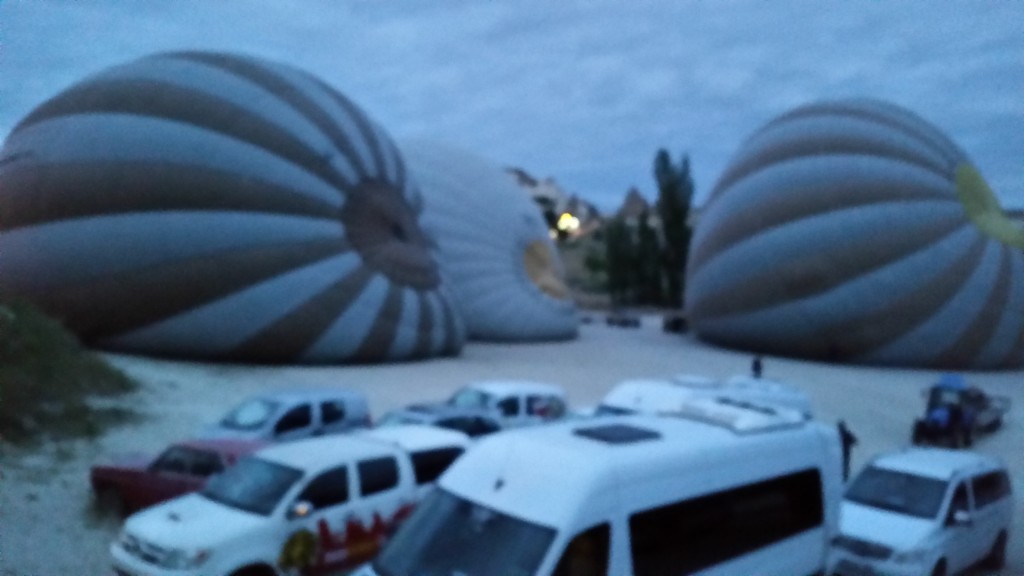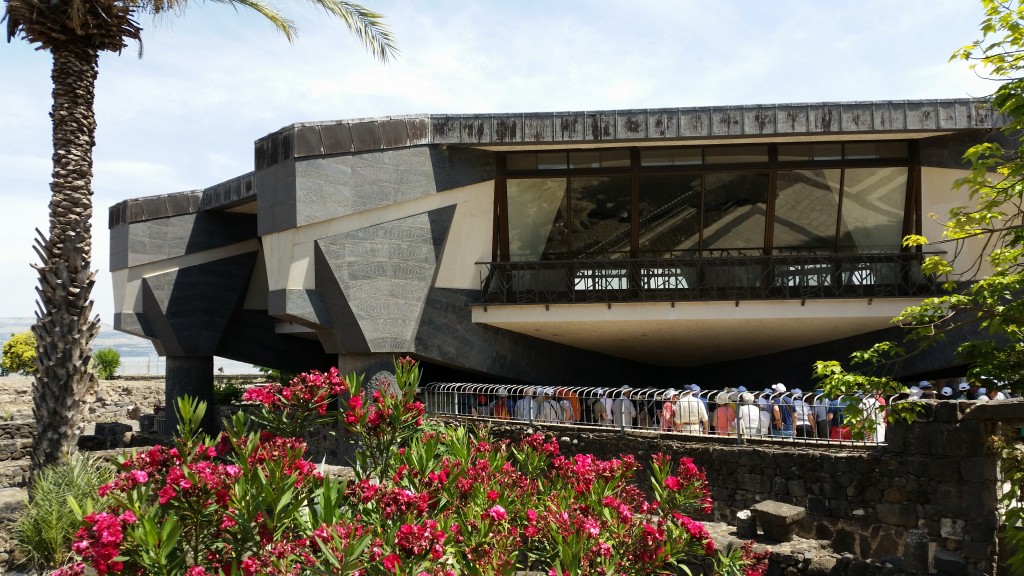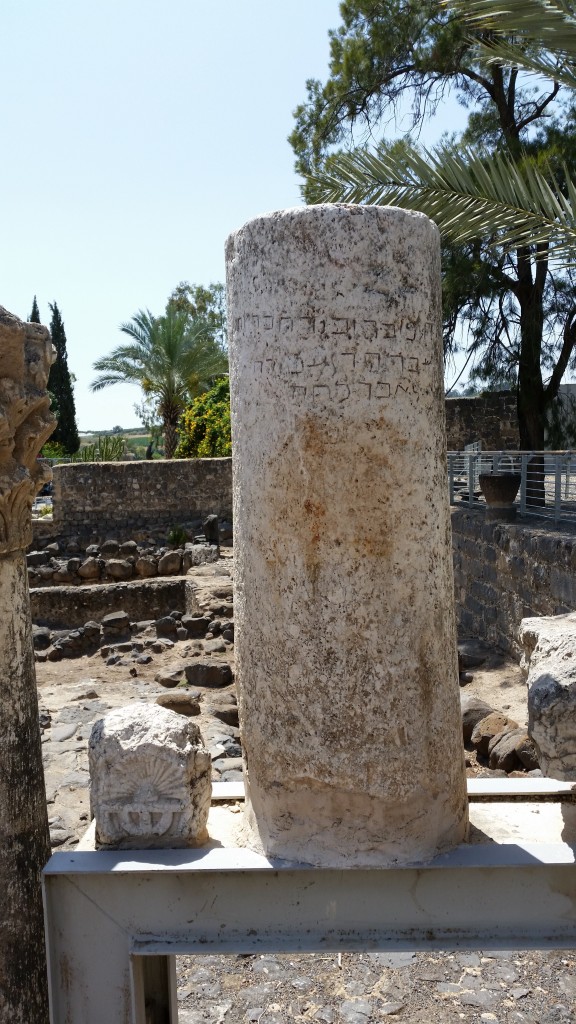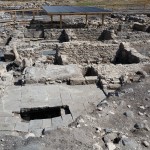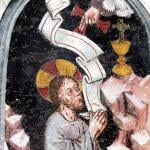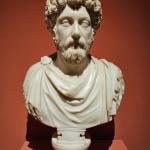Unlike at Tabgha, when you get to Capernaum (the ancient name is Kefer Nahum, which means the village of the prophet Nahum) you have arrived at a spot where it is certain Jesus did a variety of things. This was his home base once the Galilean ministry started (notice for instance the end of the Cana wedding feast story, where they go down to Capernaum after the celebration). It would appear that he stayed in the home of Peter’s mother-in-law (which of course means Peter was married, like the vast majority of early Jews). When you visit Capernaum today, a site run by the Franciscans there is still much to see– the ancient ruins of the 3rd century synagogue, on the foundation of which you see the basalt foundations from the first century synagogue, there is in addition a lot of ancient homes, and honorific columns to be seen, as well as most importantly the octagonal church which is directly under the modern Franciscan chapel which is shaped like a boat! Cool. This church has some likelihood of going back to at least the 2nd if not the first century, and it is a good example of how a house was expanded into a church meeting place. Archaeologists have studied the graffiti that is on the walls of this ancient building and it suggests Christian met here very early on. It is even possible that this is the locale of Peter’s mother in law’s house, and that we are looking at the very first Christian church ever, which met in a home. On to the pictures.
The next shot is from within the modern church looking through the glass bottom of it into the ancient church…. this is followed by pictures from below showing the octagonal design and size of the original building.

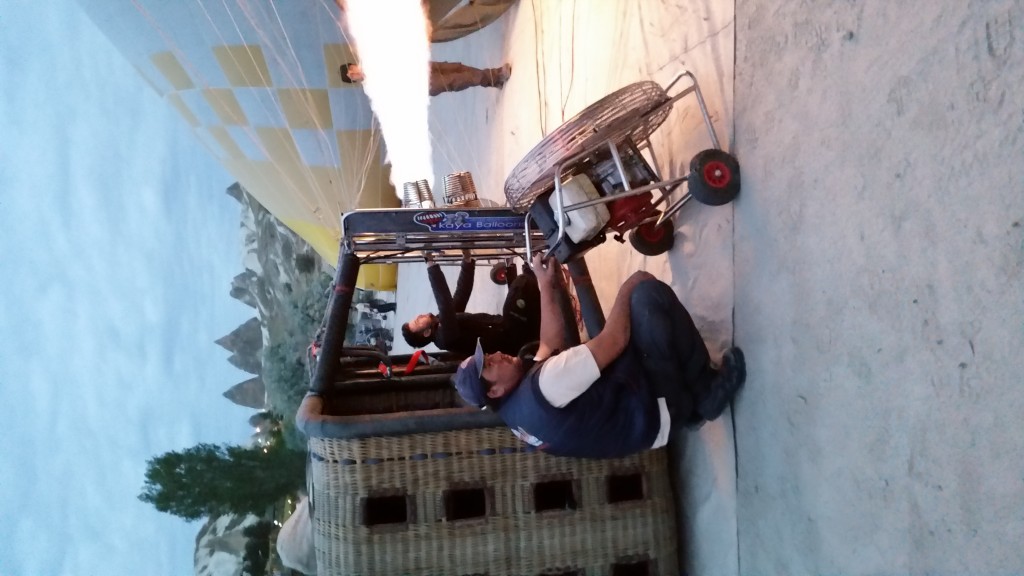

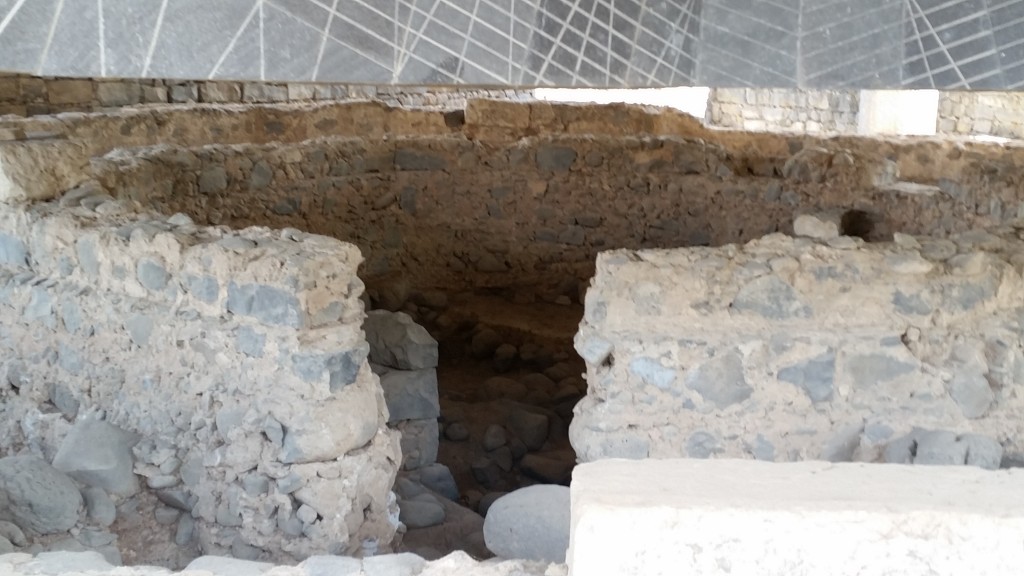
The third century synagogue is very impressive, and even had a second story, which does not seem to be the case with the earlier one it is built on top of. You notice the basalt or volcanic rock everywhere here, used in construction.
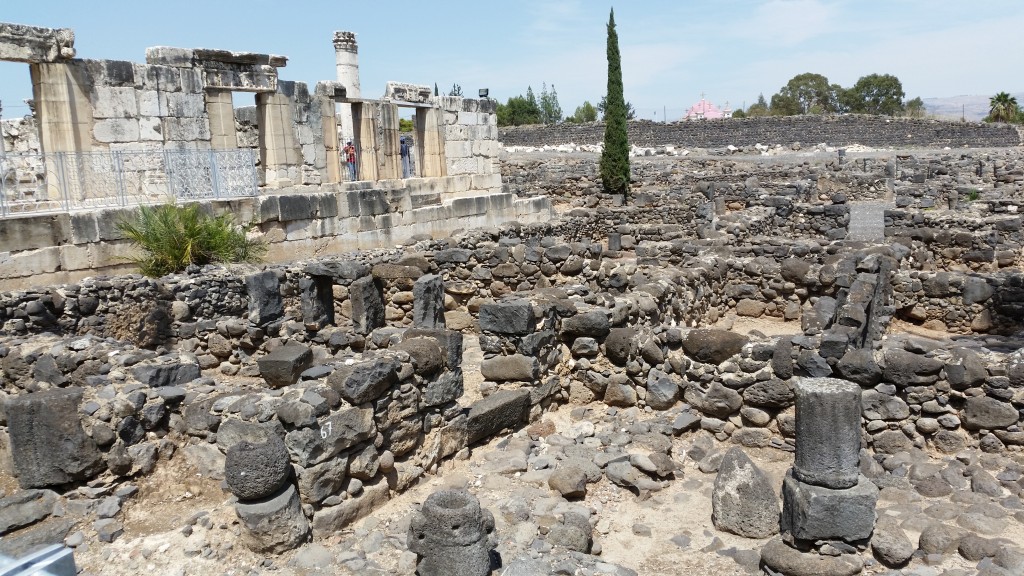
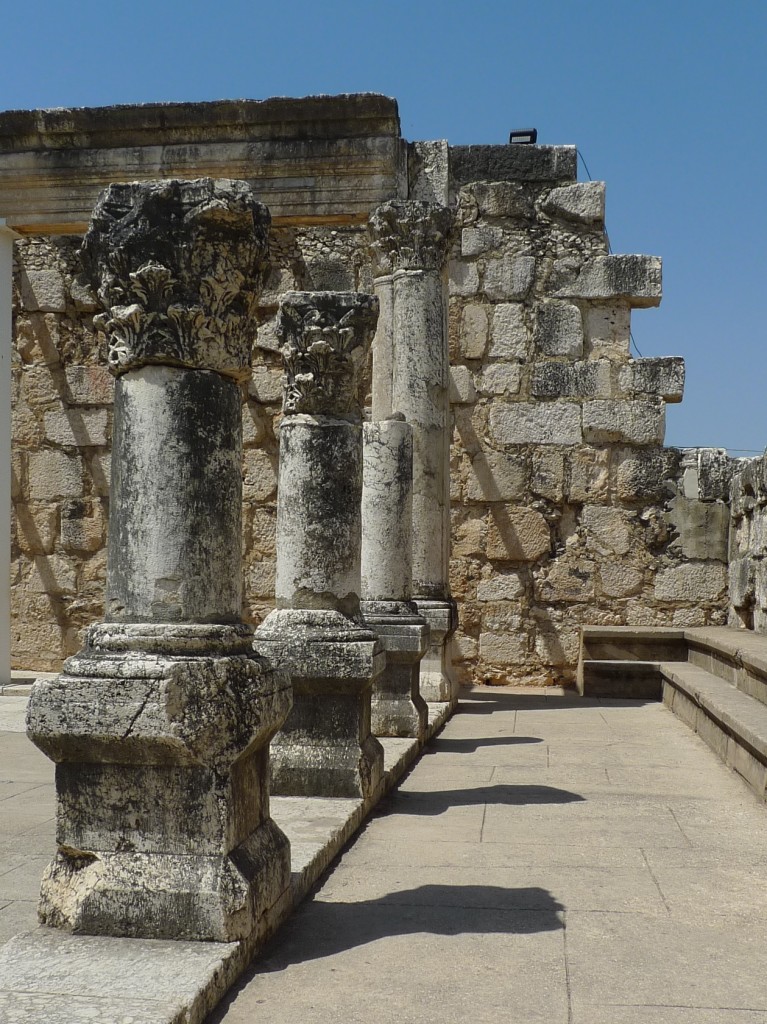
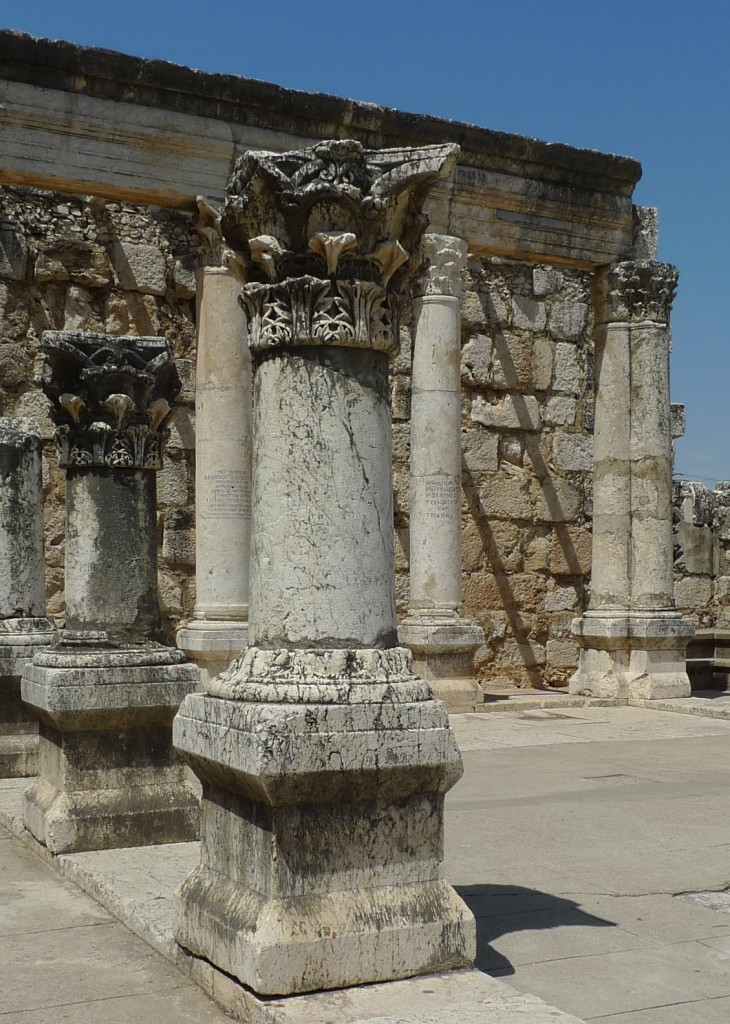
This synagogue indicates the considerable wealth of some of its members, as is shown in the elaborate decorations. Interestingly, they seem to have used Greek artisans to do the careful stone work, so we see five pointed stars as well as six pointed stars on some of the lintels, as well as a Greek temple on wheels, meant to represent the Jewish Tabernacle of OT fame!
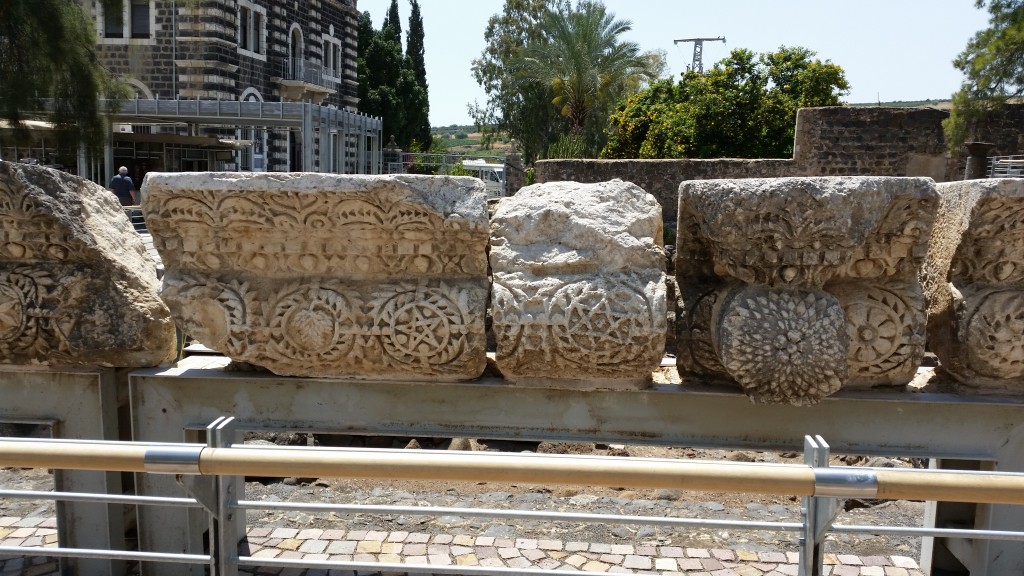
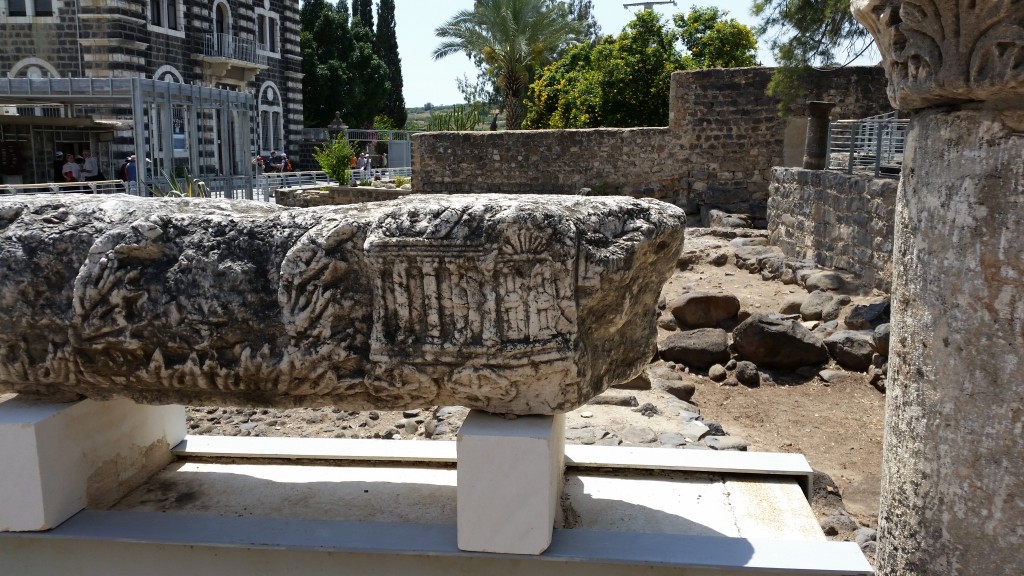
Here’s a column with a menorah at the top of the capital.
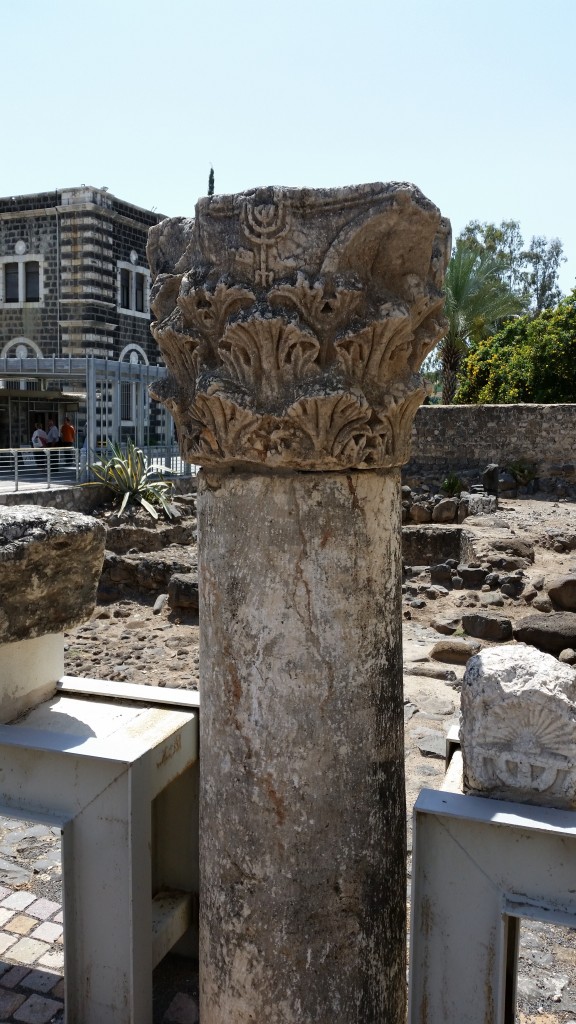
Here’s more indication of how ornate this synagogue was…
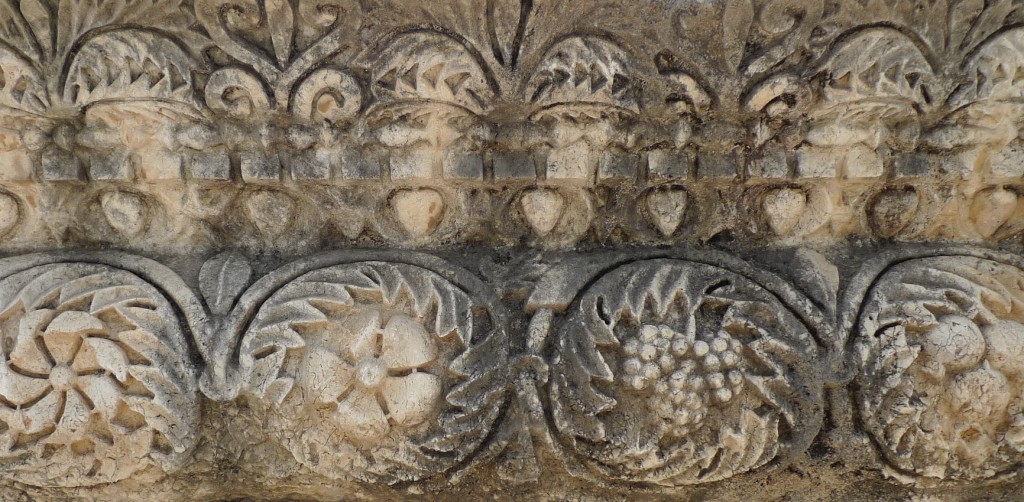
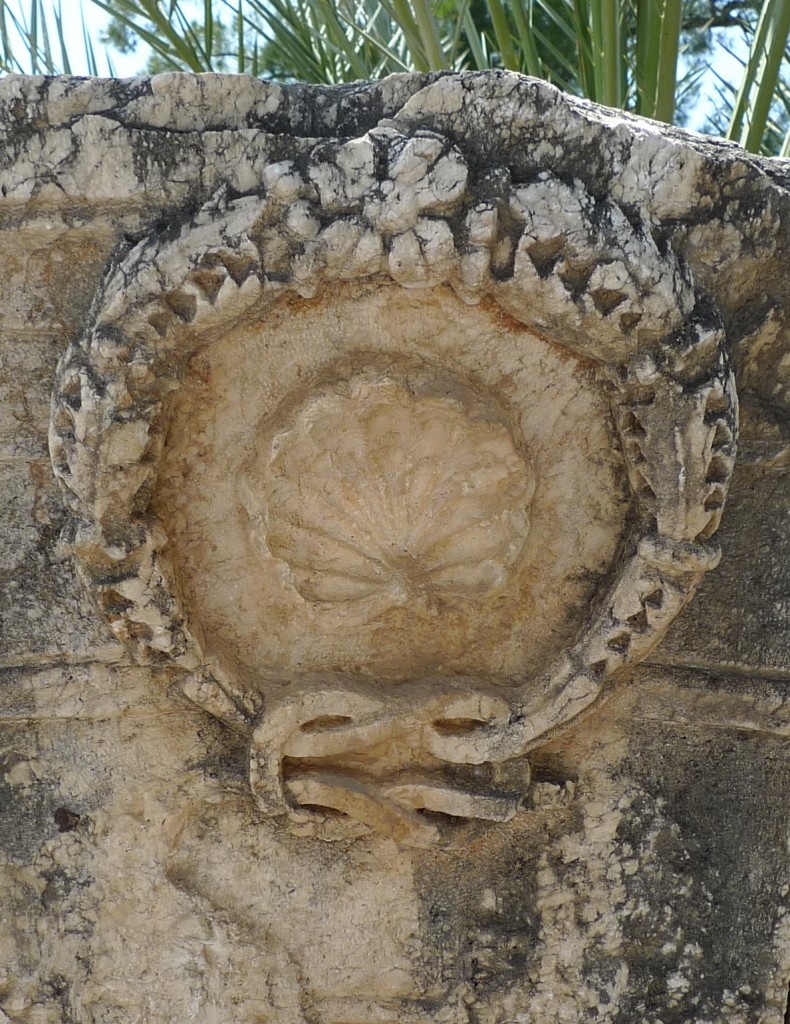
Finally, here is an interesting honorific column with an inscription which mentions the Zebedees! Apparently, they were a family of considerable status in this area, and enough wealth to be honored in this way for some public service they did. Notice the unpointed (i.e. no vowels) Hebrew.


